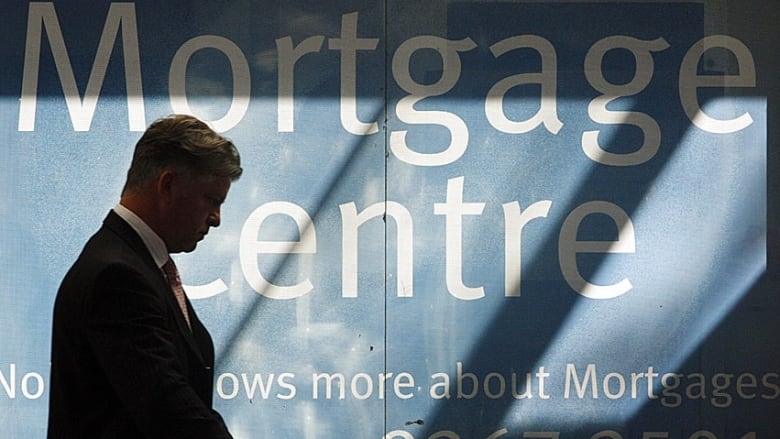Banks cutting variable rate mortgages even as fixed ones head higher
Gap between variable and fixed rates at big banks now at highest level since 2011

A number of Canadian lenders have slashed their variable mortgage rates in recent days, even as some of thosesame lenders are raising their fixed-rate mortgages.
HSBC Canada cut its five-year variable mortgage rate to 2.39 per cent on Wednesday, more than a full percentage point belowthe bank's own prime rate.
The move comes after Bank of Montreal made a similar cut to 2.45 per cent last week, which was matched by TD Bank earlier this week. Both of those deals expire at the end of this month. Scotiabank soon followed suit, and then later in the day on Thursday, Royal Bank did the same with a cut of its own, by the same one percentage point, until June 4.
The loans have various levels of fine print attached to them, but they all come against the backdrop of rates headed in the opposite direction on the fixed side. For comparison purposes, the average five-year fixed rate mortgage at the big banks is currently 5.34 per cent although most borrowers can easily negotiate a lower one.
Variable rate loans are generally tied to the Bank of Canada's benchmark rate, which is currently at 1.25 per cent. Fixed-rate loans, however, are more linked to what's happening in the bond market, because that's where the banks get some of the money to fund them.
The interest payment on variable rates loans can rise and fall as the rate tends to change over time. Fixed-rate loans don't do that, but typically come at a higher rate to begin with, because borrowers pay a premium for that stability.
All the big banks have hiked their five-year posted fixed rates in the past month, and more can be expected as the yield on the Government of Canada's five-year bondis currently at its highest level in seven years.
The current spread of more than a full percentage point between variable and fixed rates is the widest it's been in Canada since 2011,said James Laird, president of mortgage brokerCanWiseFinancial and co-founder of rate comparison website RateHub.ca.
Higher eventually
"Whenever that happens, you do see a shift where consumers are more likely to see the increased risk of the variable beingworth the savings that can be had immediately," he said in an interview.
There's ample evidence to suggest that both fixed and variables will be headed higher eventually. But Laird notes it would take four rate hikes from the Bank of Canada to move the variable rate up to where fixed rates currently are. "And youwouldhave to move past that to be in worse shape forthe latter part of the loan," Lairdsaid.
Markets are currently anticipating perhaps two central bank rate hikes this year, and perhaps a couple more after that. But a lot could happen between now and then.
The variable rate cuts are also happening against the backdrop of slowing home sales, so lenders are trying to make up in volume what they may be losing in profitability on individual loans.
"Their margins are very thin at the variable pricing levels we're seeing," Laird said.
"In a sense it's good times for buyers," Laird said, "even if everything else is super difficult."












_(720p).jpg)


 OFFICIAL HD MUSIC VIDEO.jpg)
.jpg)



























































































